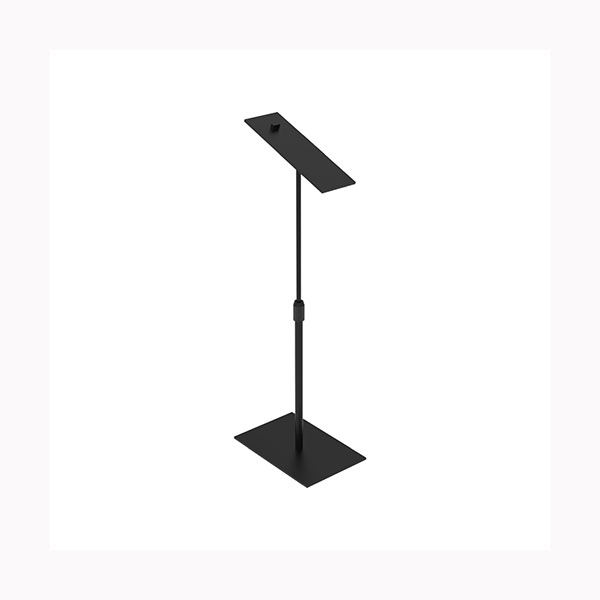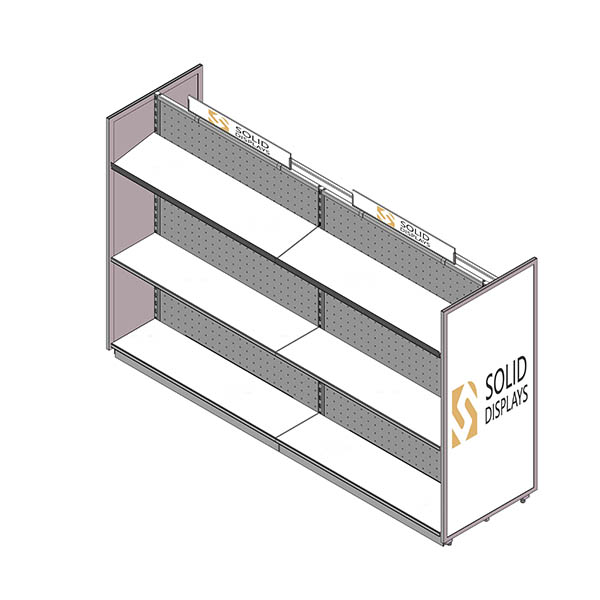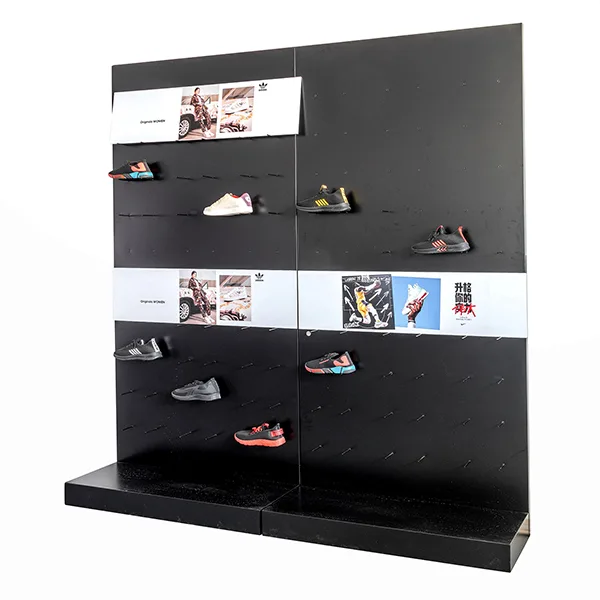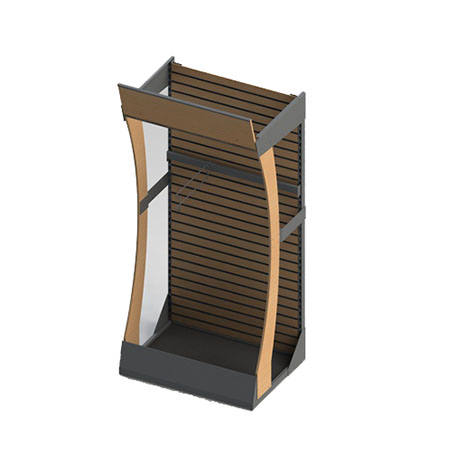Key Points and Practical Tips for Retail Snack Display
Snack stores, often smaller in scale with limited floor space, but face unique challenges in product display. Despite the relatively simple layouts in retail stores, the wide variety of snacks, from different brands and packaging types, can make the display process more complex compared to other convenience stores. The primary goal of the retail snack stores is to arrange these diverse products in a manner that not only beautifies the store but also boosts sales. This blog will discuss 3 key points and 7 practical techniques for effective snack store product display and even the whole food display industry. Let’s dive in and explore these strategies together.
3 Key Points of Retail Snack Display
Effective product display in snack stores revolves around 3 key aspects: What are the precautions for snack display? What are the methods for displaying snacks? What kind of display stand is suitable for displaying snacks? The choice of display design and tools significantly impacts product sales, making it essential to get these aspects right.
4 Essential Considerations for Snack Store Product Display
- Correctly Matching Price Tags with Products: A well-matched price tag helps customers clearly understand the price of snacks, which in turn can influent their purchasing decision. Therefore, it’s crucial to ensure that the price tags are correctly matched with the corresponding snack items during the display process to avoid unnecessary pricing disputes and customer complaints.
- Separating Different Categories: Different brands, packaging types, and categories of snacks should be displayed separately to maintain an orderly appearance on the display shelves. For example, puffed snacks and candies should not be placed together; similarly, bottled and bagged snacks should be separated, and large brands should not share the same shelf level as smaller brands.
- Maximizing the Use of Prime Display Positions: The prime display position is typically the middle shelf, aligned with the customer's line of sight, offering maximum product visibility and attracting potential buyers. Larger packages of snacks should be placed on the lower shelves, smaller packages on the upper shelves; low-margin products in the corners, and high-profit items in the center. It's essential not to waste these valuable display positions.
- Selecting the Correct Display Method: Different products require different display methods. Incorrect displays can lead to cluttered shelves, hinder customer browsing and taking, then ultimately affect store sales. Mastering the correct display techniques is vital to maximize the sales potential of each snack item.
7 Practical Display Techniques for Snack Stores
Volume Display
Volume display refers to showcasing a large quantity of products, giving customers the impression of abundance and variety, which can stimulate their desire to purchase. The goal is to enhance the presence of products within the store, making them easily visible and accessible, and then attract customers to stay longer and finally achieve purchases. Volume display is particularly effective for grocery items, which attract customers with their fullness, affordability, and ease of selection.
There are many specific methods of mass display, such as in-store hanging baskets, in-store islands, wall displays, storefronts, platforms, sales trucks, and full-box mass displays. Among them, full-box mass display is a common display method used by large and medium-sized supermarkets, that is, a space is set aside in the store or the end shelves are removed to display a single product or 2-3 types of products as mass display. Generally, mass display is used in the following situations: low-price promotions, seasonal promotions, holiday promotions, new product promotions, media publicity, and large-scale purchases by customers.

Hanging Display
Hanging display involves spreading out and suspending products, allowing customers to view and touch them from different angles. This method is commonly used for textiles, clothing, or small, flat, and elongated items that lack a three-dimensional appearance. For snack items, the ideal hanging height is around 1.5 meters, corresponding to most customers' normal browsing and touching height.
However, since hanging displays take up more space, it's important to use space efficiently, ensuring that aisles are not too narrow, which could obstruct walking and reduce visual appeal.
For example, bagged snacks, which can appear cluttered when placed directly on shelves, should be hung to maintain a neat and organized display.
Stacked Display
A stacked display involves randomly piling products on a designated shelf, giving customers the impression of a special offer or discounted items. Its actual operation is very simple, which is to stack the commodities from bottom to top according to a certain level. It is generally used for ordinary commodities with low decorative effect and popularization. The role of stacking is to highlight the display effect of commodities with quantity, giving customers a very strong sense of cheapness and hot sales.
For instance, products with a large bottom contact area, such as bucket instant noodles or canned snacks, can be directly stacked and displayed on the shelf, which can make more reasonable and effective use of shelf space.
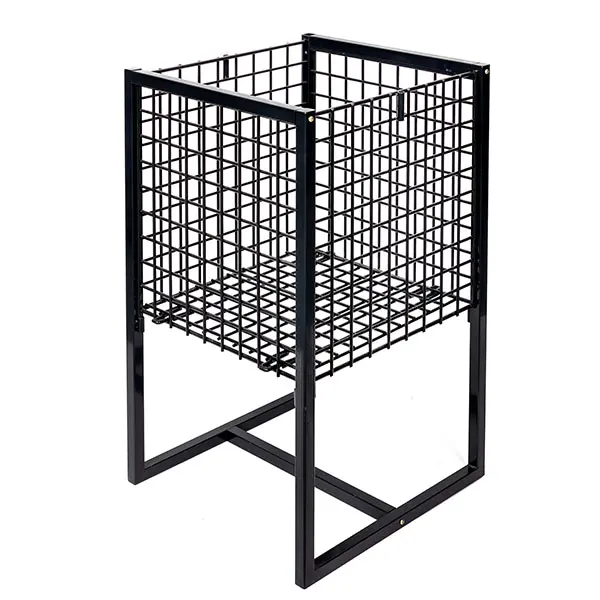
Combination Display
Combination display is also called related display or supporting display, which is a display method that displays different types of complementary products together, or displays products related to the main products around the main products to attract and facilitate customers to buy. Related display increases the flexibility of store display and increases the opportunity to display different types of products. It is a concentrated embodiment of the principle of product combination in product display. When using related displays, you must pay attention to the correlation between products to ensure that customers have joint purchase behavior.
The related display is specifically applicable to snack products:
- Use association: such as putting instant noodles and ham sausages, beverages together, bread and milk together in the convenience food area
- Subsidiary association: beverages such as mineral water, juice, carbonated beverages, coffee, tea, functional beverages, dairy products, etc. It is convenient for customers to select multiple products in the same display area with affiliation.
- Age association: snacks for teenagers, such as dairy products, nuts, potato products, ice cream, etc.
- Trademark association: For example, Mars Wrigley has many well-known brands, including M&M’s, SNICKERS, ORBIT, EXTRA, Skittles, and other products
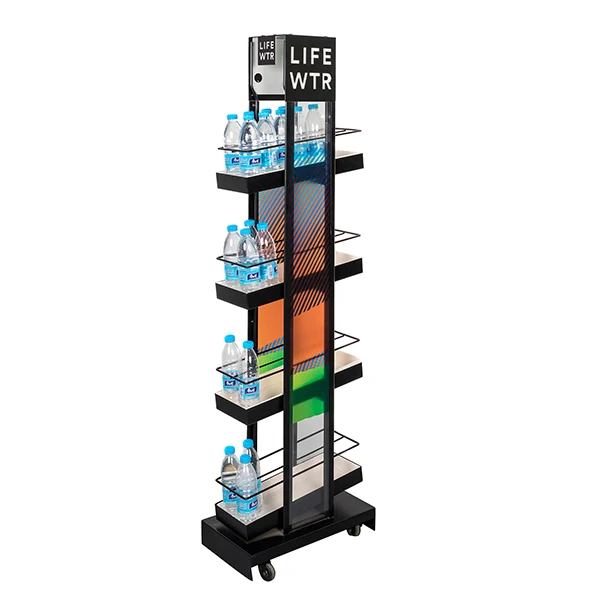
Vertical display
Vertical display is ideal for boxed snacks, which can be stood upright on shelves. This method enhances product visibility, making it easier for customers to see the packaging information and take the product.
Creative Display
Snack store displays don’t always have to be rigid or formal. Occasionally, you can inject some creativity by setting up themed displays, which can liven up the atmosphere and create an experiential shopping environment.
Bulk Display
For small snacks sold in bulk, standard shelves may not be the best option. Instead, special bulk display baskets can be used to present these items in a more appealing and organized manner.
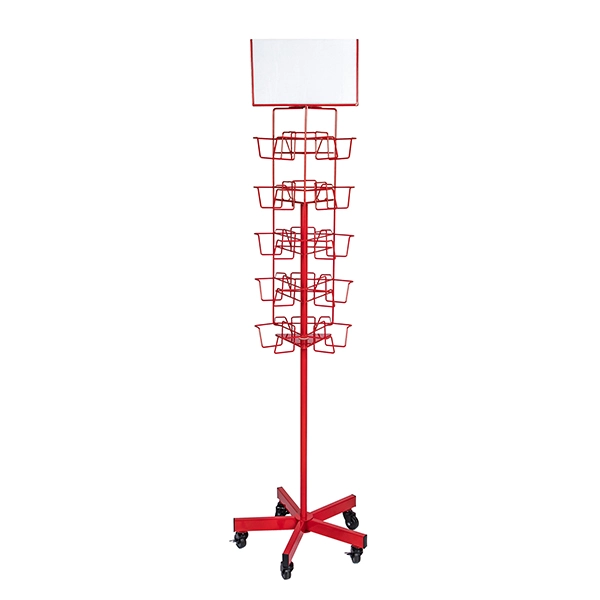
In conclusion, effective product display in a snack store or food store requires careful consideration and strategic implementation of various techniques. By understanding the 4 key aspects and applying these 4 display methods, you can create an inviting shopping environment that not only looks good but also drives sales.
Related Posts:
5 Tips for Maximizing Sales with Strategic Floor Display Placement
